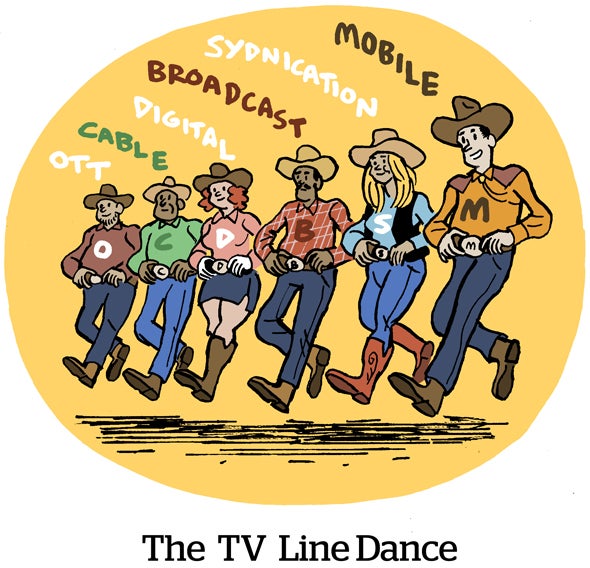Here’s today’s AdExchanger.com news round-up… Want it by email? Sign up here.
Up Against The Wall(mart)
Amazon is the king of retail media, but others in the category are growing into worthy contenders, according to new research from Digiday.
Walmart Connect is the clear No. 2 to Amazon. When marketers were asked to list their top retail media channels aside from Amazon, 85% say Walmart Connect. And 46% of all marketers surveyed spend at least a portion of their budget with Connect, up from 28% a year ago.
Still, more niche and non-Amazon retailers should arguably be attracting more spend.
For instance, at Programmatic I/O in Las Vegas in May, Home Depot’s senior director of marketing activation and measurement, Zach Darkow, made an offhand comment that one of the brands carried in its stores spends more than 10 times as much on ads and analytics services with Amazon than with Home Depot’s retail media business.
And that’s despite the fact that Home Depot sells as much if not more of the product than Amazon does.
Box Office Buffet
Broadcasters, including NBCUniversal, Disney and Warner Bros. Discovery, spent much of their precious upfront stage time touting new movies (“Wicked,” “Beetlejuice Beetlejuice” and “Dune,” to name a few). But now that it’s time for the dealmaking part, buyers aren’t buying in, Ad Age reports.
Title sponsorships on Max run as high as $4 million, while sponsoring “Wicked” costs tens of millions, several media buyers say. But those films lack broad advertiser appeal. Brands want to buy entire portfolios to spread their ad dollars across many networks, shows and movies.
To be fair, broadcasters don’t necessarily expect advertisers to buy lots of sponsored film ads based on upfront pitches.
Instead, broadcasters showcased more movies to make a statement about the “premium” nature of their content, in contrast to the likes of YouTube and TikTok, which have shouldered their way into the upfronts. Unlike user-generated content platforms, legacy programmers invest billions to produce long-form entertainment that retains people’s attention for months or even years. Disney measures its hits across generations.
Still, making movies to make a statement? That’s a pretty expensive move.
Toys “R” Them
A new Toys ”R” Us ad produced using Sora, OpenAI’s generative video product, stirred up a lively debate last week.
“The train left the station, and we just decided to be the first ones on it,” Kim Miller Olko, CMO of Toys “R” Us, tells The Wall Street Journal.
AdExchanger ventured into this debate as well with our view that the Toys “R” Us ad makes up in creepiness what it lacks in quality.
Sure, it’s neat that this video was produced by software – perhaps. But as a standalone piece of content marketing, it’s bad. There is no story or narrative, and it features an off-putting and obviously fake child, as well as grainy, lackluster visuals.
And even getting the video to that point wasn’t an easy process.
Native Foreign, the agency involved, “generated each shot or frame by giving Sora several paragraphs of instructions,” according to Chief Creative Officer Nik Kleverov. Roughly 20 people were on the team.
And Sora “frequently misunderstood the writers’ intentions, sometimes requiring hundreds of revisions to the text,” WSJ writes.
Which begs the question: Why not have a small team of humans do a vastly superior job?
But Wait, There’s More!
Google and TikTok ban ads from ADHD telehealth company Done Global amid a federal probe. [WSJ]
How Google measures search quality: an interview with Elizabeth Tucker, director of product management at Google Search. [Search Engine Roundtable]
The Washington Post and the ugly truth of the media business. [The Information]
A California jury orders the NFL to pay $4.7 billion in damages over its Sunday Ticket marketing. [Ad Age]












